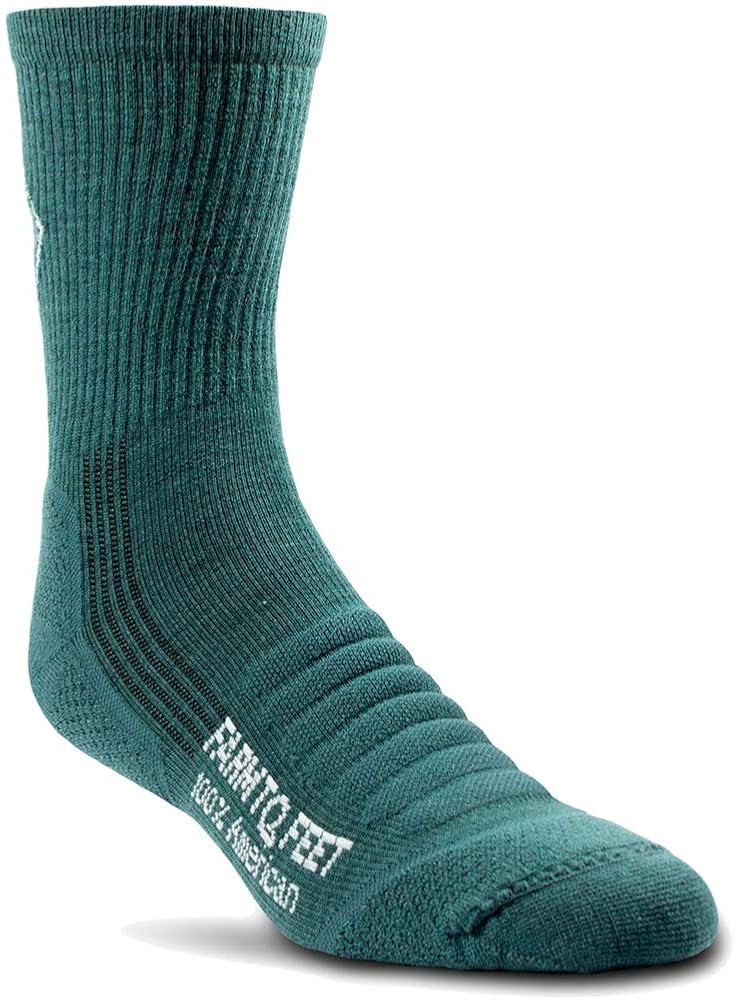Pass a college campus on a spring day and you’ll see them: flocks of teens and twenty-somethings, temporarily in full relaxation mode, supine in their nylon, portable hammocks. It’s hard not to feel envious. There are few things we can all agree on, but who among us doesn’t want to be cradled gently, swinging in the breeze?
Community hammock-ing may not be your thing, but hammocks, of course, come in a vast assortment of styles, any of which could work well in the privacy of your own back yard, patio, or porch. There are rope hammocks with wood spreaders (cover them with a blanket or cushion for added comfort), cloth hammocks (which can be warmer on the body), and hammocks that rest in stands (no perfectly placed trees necessary!). And for a short-term commitment, portable, packable hammocks are ideal for camping, park trips, back yards, and anywhere in between.
All the Cool Kids are Doing It
Francis Neff, a senior at North Central High School, is a hammock aficionado who owns an ENO SingleNest. “I think hammocks are just fun, first of all,” he says. “I sleep in mine sometimes when I’m camping or going backpacking. In the summer in town I’ll take it to a park, take it to a friend’s.” He thinks the current hammock trend among younger people is due to easy portability. “You can throw it in your backpack with you. It’s really light. And they dry easily now.”
Emma Coon, a senior at Lewis and Clark High School, is another superfan of the portable hammock, taking hers to Upper Manito, the High Drive Bluff, Camp Spalding, and even house-building mission trips to Tijuana, Mexico. She sleeps in hers sometimes when traveling. “They’re so comfy!” she says. “I always put down a sleeping pad under me along with a sleeping bag and blanket because without it the wind and cold can get into the hammock”—a thin layer of nylon is not going to do much on its own to protect you from lower temps—“and make the night super restless.”
Whether you want something portable or more traditional, just choose your favorite option and then add in some ambiance. No yard? Set yours up on the porch or deck. Feeling ready to DIY? Build a back yard pergola and hang sail cloth for more shade.
Landscaping Your Hammock Chill Pad
If you really want to amp up breezy summertime vibes, add a container garden near your relaxation zone. Colleen Sullivan, who’s worked in the greenhouse at Liberty Park Florist for the better part of two decades, recommends ornamental grasses for low-maintenance greenery. If you want something fragrant, she suggests sun-friendly dianthus, carnations, or petunias. Any of those flowers is “going to make your whole yard smell so good,” Sullivan says. If you want something more shade-loving, she suggests hostas and heucheras (coral bells); hostas are extremely low-maintenance and work in containers as well as beds, and heucheras have gorgeous foliage that comes in a vast array of colors ranging from red to chartreuse to metallic tones. “Something like that really does add a lot to the shade,” Sullivan says. The bonus with foliage versus flowers? Less upkeep. “It’s definitely going to cut down on deadheading and stuff like that so to me, foliage plants are more relaxing because they’re less maintenance,” she says.
Keep the Health of Trees in Mind
When hanging your hammock, keep trees’ health in mind. Caleb McIlraith and Cheree LaPierre, Whitworth University’s campus arborist and a student groundskeeper, respectively, caution all of us to treat our trees well, as unprotected use of ropes or straps can harm the bark, causing abrasions that can become permanent scars and lead to pest issues. “Protecting the bark with a strip of cardboard, a rolled-up t-shirt, a towel, burlap sack, etc., greatly helps reduce the risks,” McIlraith and LaPierre advise. And whatever you do, don’t drill or nail in a tree. Whenever possible, they suggest using designated hammock straps, which distribute weight better than ropes and minimize girding and damage to the bark. //
[Feature photo by Erik Prichard]
[Originally published in the June 2018 print edition of Out There Outdoors under the title “Create Your Own Hammock Chill Zone.”]













